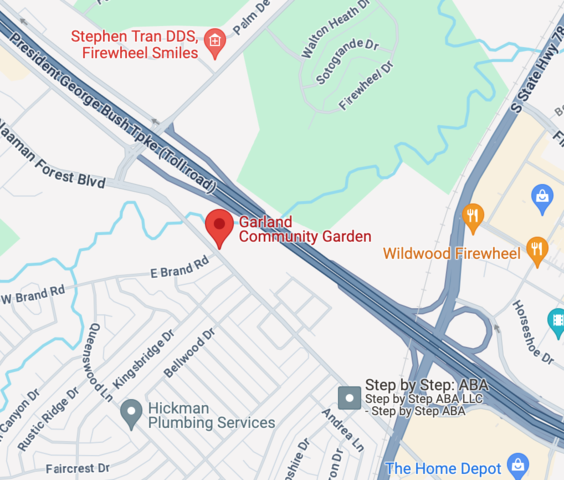
EARTH DAY IS HERE AGAIN IN GARLAND TEXAS AND THE WORLD.
WHAT ARE THE FOUR MOST IMPORTANT THINGS IN THE WORLD?
YOU, PEACE, LOVE AND GARDENS.
The first Earth Day was held April 22, 1970 -- 54 years ago! We owe this reminder to be kind to our environment to Senator Gaylord Nelson. The junior senator from Wisconsin, had long been concerned about the deteriorating environment in the United States. Then in January 1969, he and many others witnessed the ravages of a massive oil spill in Santa Barbara, California. Inspired by the student anti-war movement, Senator Nelson wanted to infuse the energy of student anti-war protests with an emerging public consciousness about air and water pollution. Senator Nelson announced the idea for a teach-in on college campuses to the national media, and persuaded Pete McCloskey, a conservation-minded Republican Congressman, to serve as his co-chair.
Recognizing its potential to inspire all Americans, Hayes built a national staff of 85 to promote events across the land and the effort soon broadened to include a wide range of organizations, faith groups, and others. They changed the name to Earth Day, which immediately sparked national media attention, and caught on across the country. Earth Day inspired 20 million Americans — at the time, 10% of the total population of the United States — to take to the streets, parks and auditoriums to demonstrate against the impacts of 150 years of industrial development which had left a growing legacy of serious human health impacts.
________________________________________________________________
 Earth Day Tour at Garland Community Garden
Earth Day Tour at Garland Community Garden
On Monday, April 22 at 1 PM we are hosting a tour for the Sachse Garden Club. The public is also invited to join us for a great opportunity to get together with a bunch of gardeners. This is part of our week-long celebration for the 10th anniversary of Loving Garland Green's installation of the first raised bed. By the way, this blog is a chronicle of the development of our garden from the inception of our nonprofit (Loving Garland Green) in 2013 up through today. Our mission is to encourage the people in our community to grow some of the food they eat.
In reviewing our files I came across a photo of our very first bed. It was a square foot raised bed. Initially designed by a Mel Bartholomew in 1996, square foot gardens are all over the world. They even have a foundation supporting them. You can read about them on the Internet. As the years have passed, these beds have becometoo much work for me: you have to divide them into one foot sections, then. you have to create a special soil mix, and of course it is all in a four sided wooden frame.
As for the overall design of a bed, there are only three strict rules for me: no wider than four feet but can be as long as space allows; accessible from all four sides; soil amended with organic matter such as dry leaves or expanded shale. No more wooden enclosures around the bed for me. After five years the wood rots and you have to replace it. Furthermore you have to trim the grass and weeds that grow up to the wood--much easier with your lawnmower. I haven't yet reached the Ruth Stout point where I just toss my seeds out on the compost pile, but I'm fast approaching that stage of life.
Do you believe that when we installed the first bed at the Garland Community Garden we did not even have water on the site? It's true. We did not. But we had an inventive member named Gene Rodgers who designed a water system for us using ollas. We planted several ollas filled with water in the bed. Ollas are unglazed clay pots filled with water. You can find details about how many per bed at the Sprouted Gardens website. With Gene’s system the Ollas were connected with small tubing to a larger reservoir which was a 5-gallon bucket that you could buy for $1.98 in 2014 and cost $5.00 today.


Garland Community Garden 4022 Naaman School RD 75040